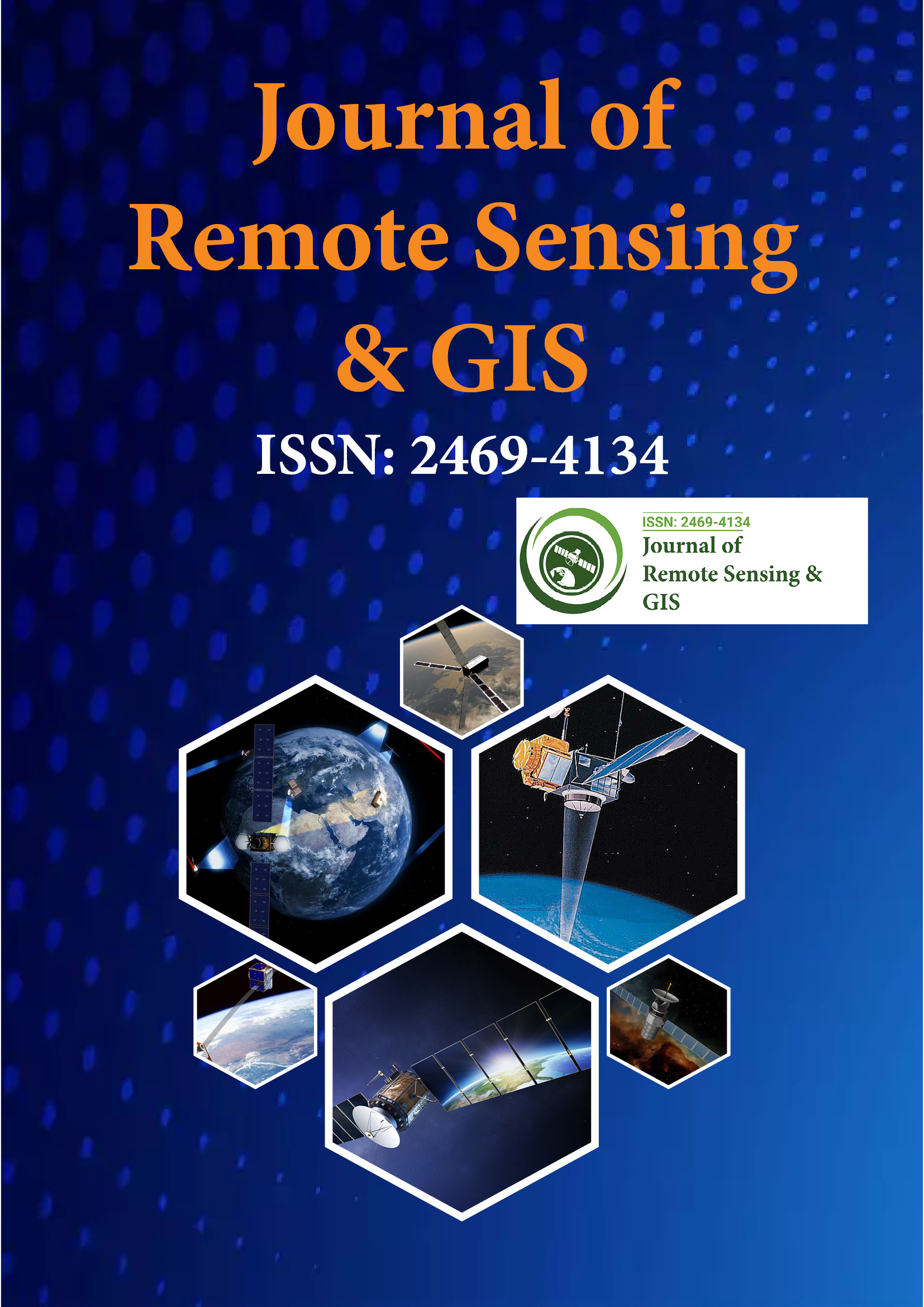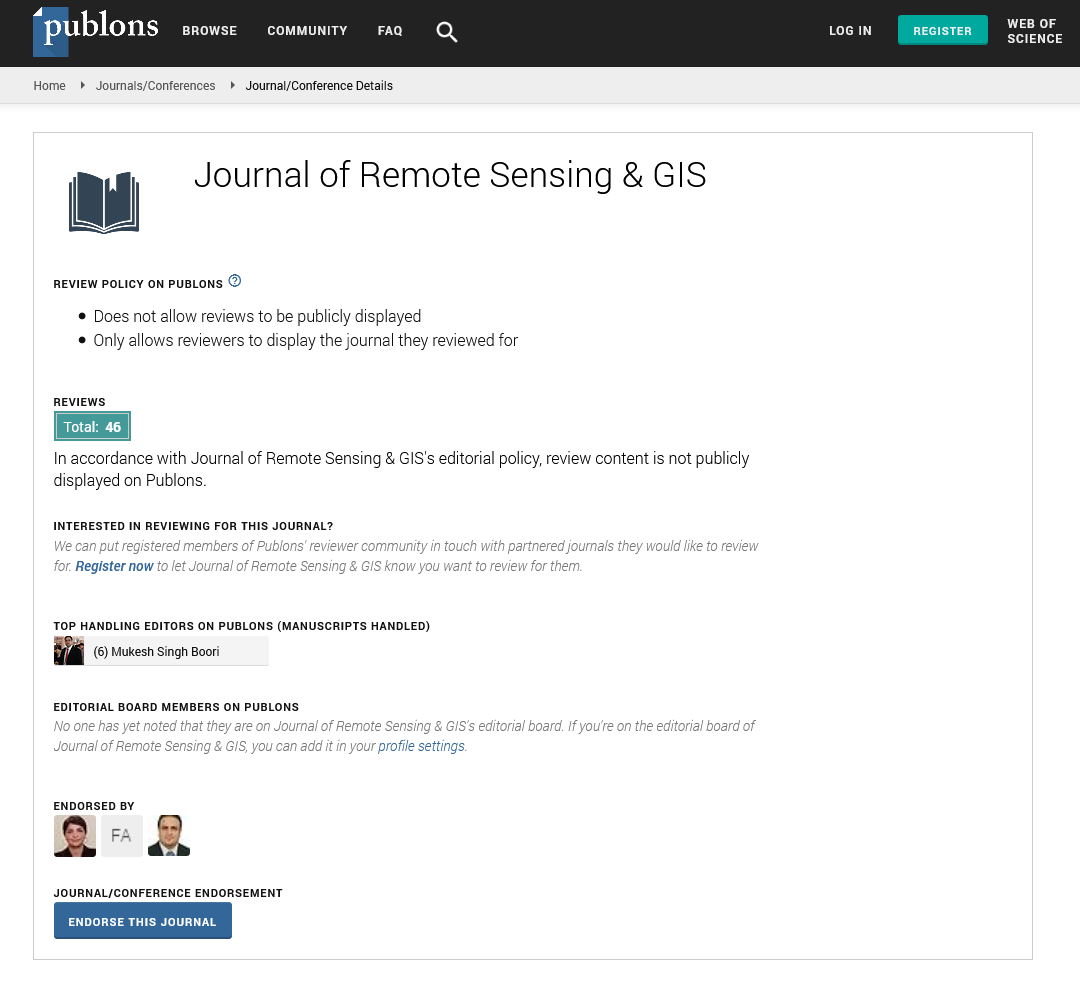Indexed In
- Open J Gate
- RefSeek
- Hamdard University
- EBSCO A-Z
- OCLC- WorldCat
- Publons
- International Scientific Indexing
- Euro Pub
- Google Scholar
Useful Links
Share This Page
Journal Flyer

Open Access Journals
- Agri and Aquaculture
- Biochemistry
- Bioinformatics & Systems Biology
- Business & Management
- Chemistry
- Clinical Sciences
- Engineering
- Food & Nutrition
- General Science
- Genetics & Molecular Biology
- Immunology & Microbiology
- Medical Sciences
- Neuroscience & Psychology
- Nursing & Health Care
- Pharmaceutical Sciences
Abstract
Geospatial Technology-Based Forest Fire Risk Assessments and Forest Management in Gambella Woreda, Gambella Regional State, Ethiopia
Forest fires become a global threat, causing soil erosion, land degradation, carbon dioxide emissions, species change, socioeconomic and public property damage and human lives when spreading to residential areas. The objective of this study was to use GIS and remote sensing technologies to assess forest fire risk and map for sustainable forest management in the Gambella Woreda was to assess forest fire risk and forest management in the Gambella Zurie woreda using GIS and remote sensing technologies. The study employed a mixed research approach, with both primary and secondary data from survey questionnaires, focus group discussions and interviews. Secondary data was gathered from published articles and satellite images, while qualitative data was analyzed through narration. A simple random sampling technique was used. A GIS-based criteria evaluation method is applied using weighted overlay analysis. By considering the factors (i.e., elevation, rainfall, slope, temperature, distance from the road, distance from settlements, wind speed and aspect), an optimum forest fire risk map was produced. The forest fire risk map result shows that 48.7%, 43% and 8.3% of the study area fall under high, moderate and low risk of forest fire, respectively. The findings indicate that topographic and climatic factors have an enormous effect on forest areas; these factors are also essential to determining the cause of the forest fire in the study. In conclusion, 48.7% (160420.63 ha) of the study area has a high risk of forest fire. The result of this report indicates that there are high-forest fire-risk areas in the study areas. Based on these findings, it is recommended that the local community obey the local regulations to prohibit the starting of fires in the forest areas in the study areas.
Published Date: 2025-05-08; Received Date: 2024-03-01

